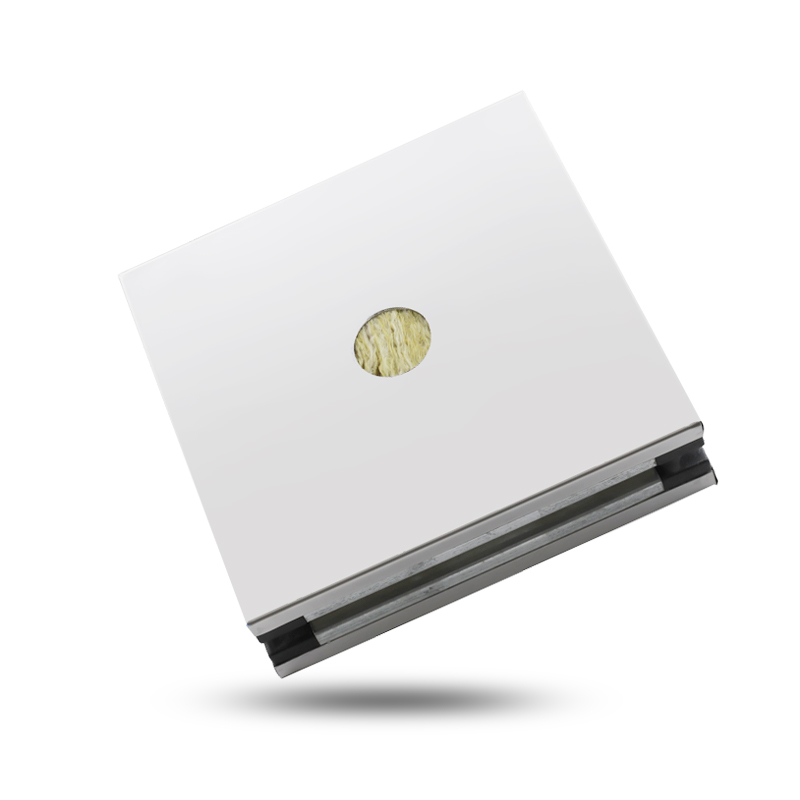

Sandwich panels are known for their effectiveness in in […]
Sandwich panels are known for their effectiveness in insulation, offering a combination of thermal, acoustic, and sometimes even fire insulation properties. The insulation performance of sandwich panels is primarily determined by the choice of core material used in their construction. Here's how sandwich panels provide insulation:
Thermal Insulation:
Polyurethane (PU) Core: Sandwich panels with a polyurethane (PU) foam core are commonly used for thermal insulation. PU foam has excellent thermal insulating properties, helping to regulate indoor temperatures by minimizing heat transfer through the panel.
Polyisocyanurate (PIR) Core: Similar to PU foam, polyisocyanurate (PIR) foam is known for its high thermal insulation capabilities. PIR core sandwich panels are often used in applications where enhanced fire resistance is required alongside thermal efficiency.
Expanded Polystyrene (EPS) Core: EPS foam provides thermal insulation and is commonly used in sandwich panels for construction applications. It is lightweight and cost-effective.

Mineral Wool Core: Mineral wool cores, made from basalt or rock fibers, offer good thermal insulation properties. These panels are suitable for applications where fire resistance and thermal insulation are both important.
Acoustic Insulation:
Mineral Wool Core: Sandwich panels with mineral wool cores also contribute to acoustic insulation. The fibrous structure of mineral wool helps absorb sound waves, making these panels suitable for applications where noise reduction is a consideration.
Honeycomb Core: In some cases, sandwich panels with honeycomb cores may be used to achieve both structural strength and acoustic insulation.
Fire Insulation:
Polyisocyanurate (PIR) Core: PIR foam not only provides thermal insulation but also offers improved fire resistance compared to some other core materials.
Mineral Wool Core: Sandwich panels with mineral wool cores are known for their fire resistance. Mineral wool is non-combustible and can withstand high temperatures, contributing to fire safety in construction.
Reduced Thermal Bridging:
Sandwich panels, with their composite structure, help reduce thermal bridging. The face sheets act as thermal breaks, preventing direct contact between the interior and exterior surfaces and minimizing heat transfer through the panel.
The overall effectiveness of sandwich panels in terms of insulation depends on the specific requirements of the application and the chosen combination of face sheets and core material. When selecting sandwich panels for a project, it's important to consider factors such as climate conditions, energy efficiency goals, and local building codes.
Manufacturers often provide technical specifications, including thermal conductivity values (U-values), to help assess the insulation performance of their sandwich panel products.
Our new models offer superb design;competitive prices and their new features give them distinct advantages over similar products from other manufacturers.